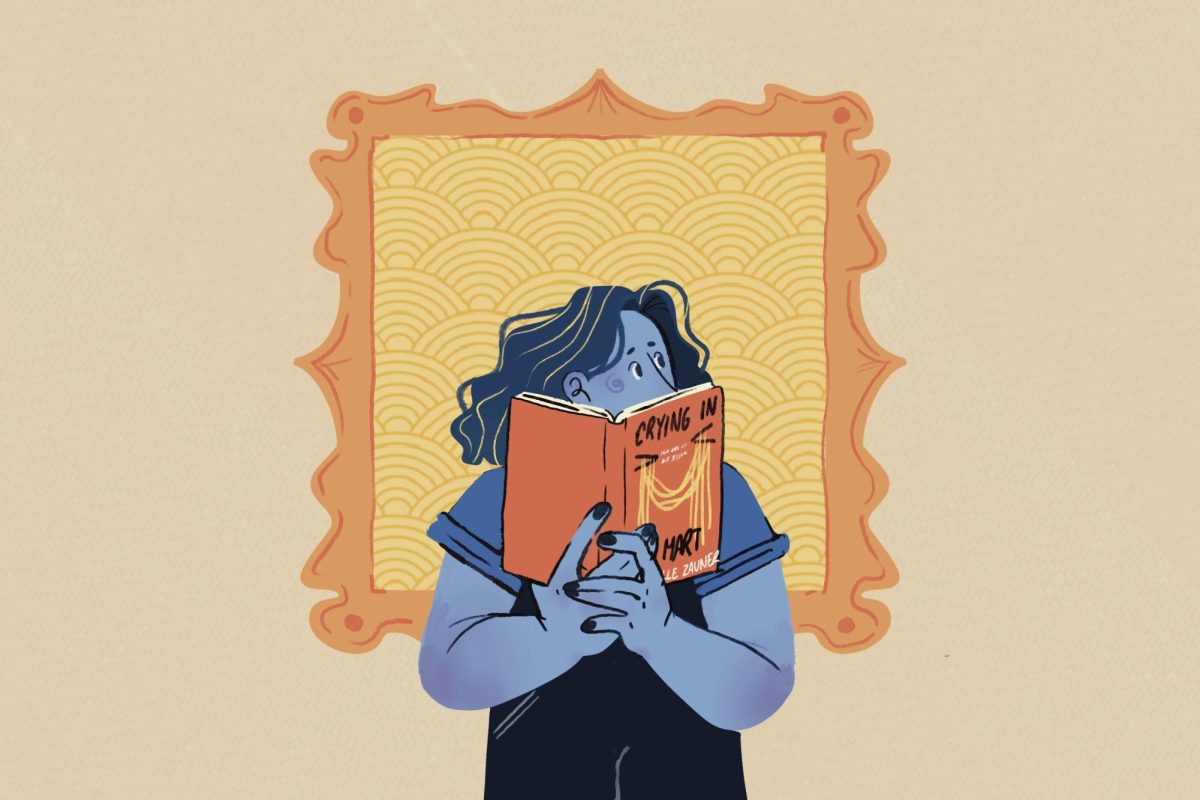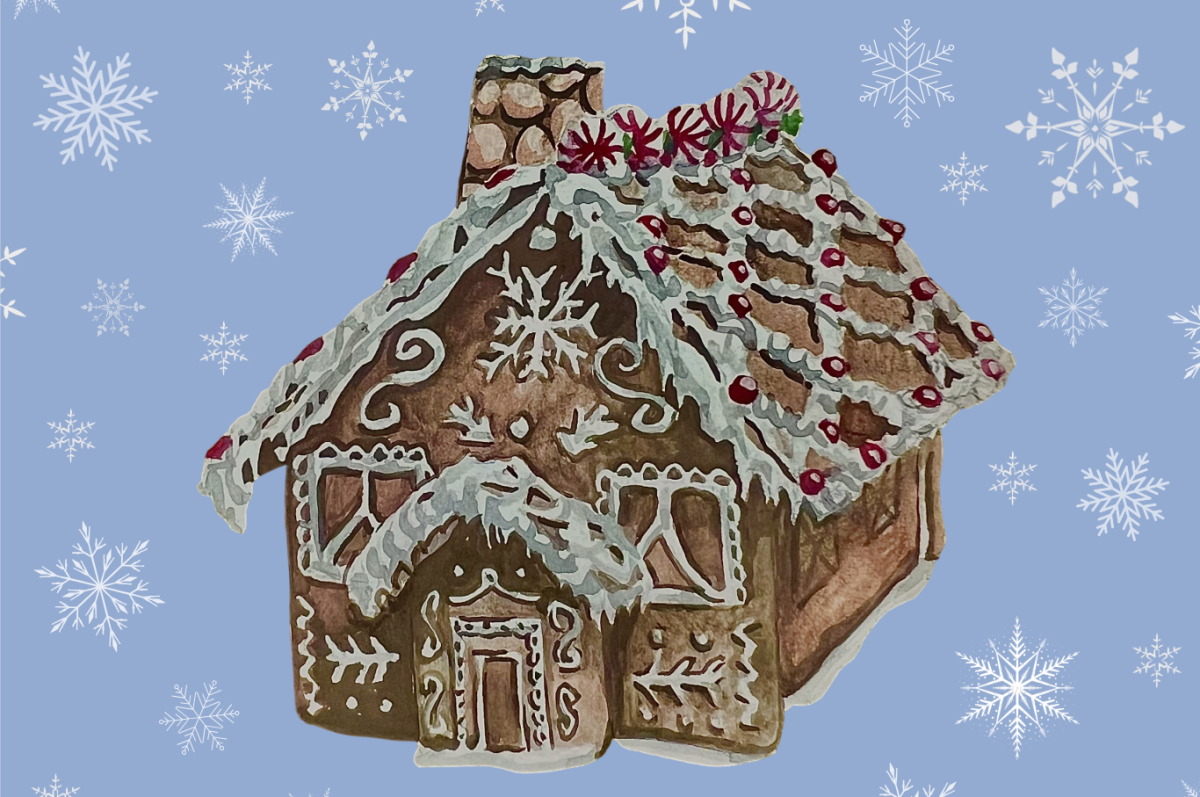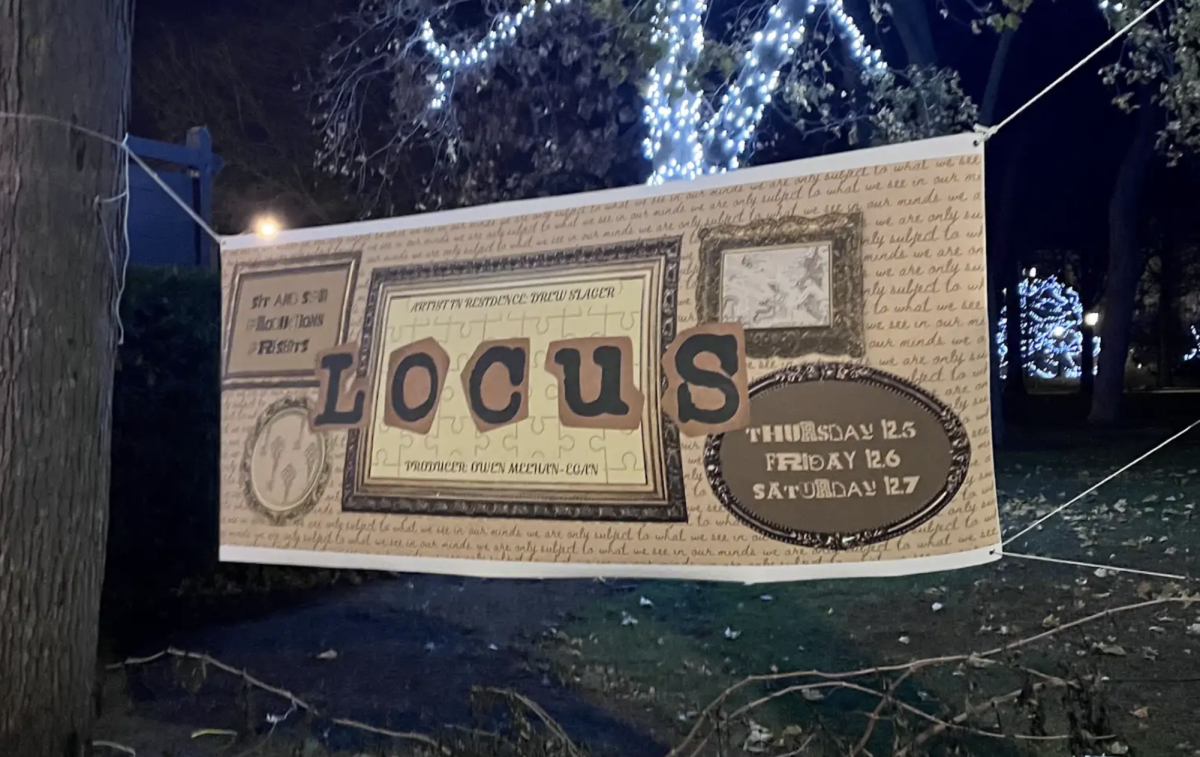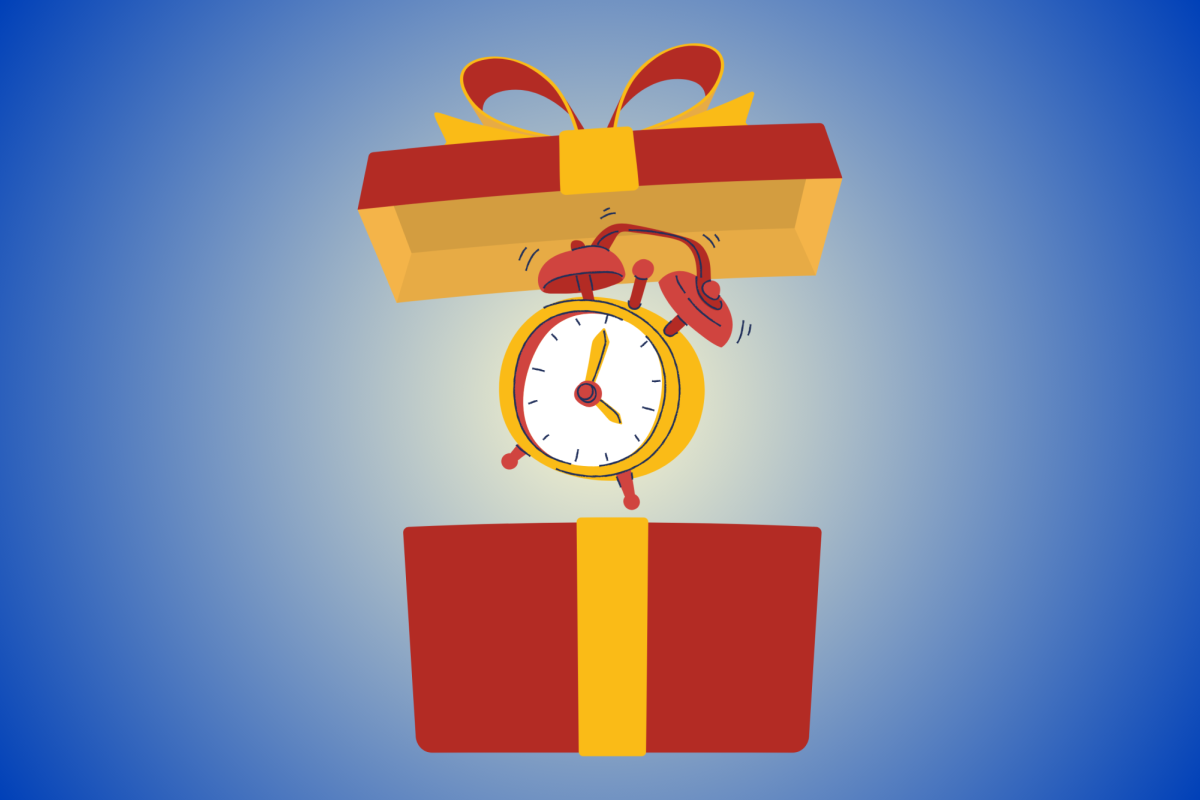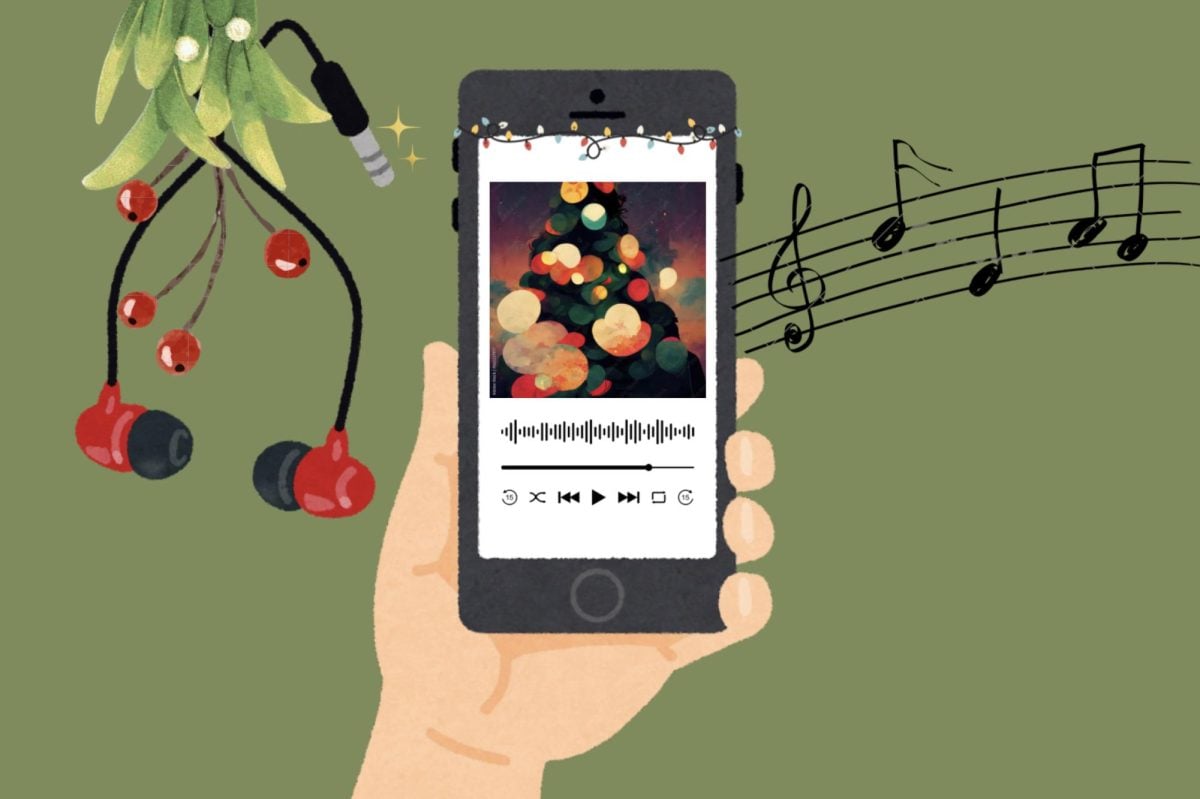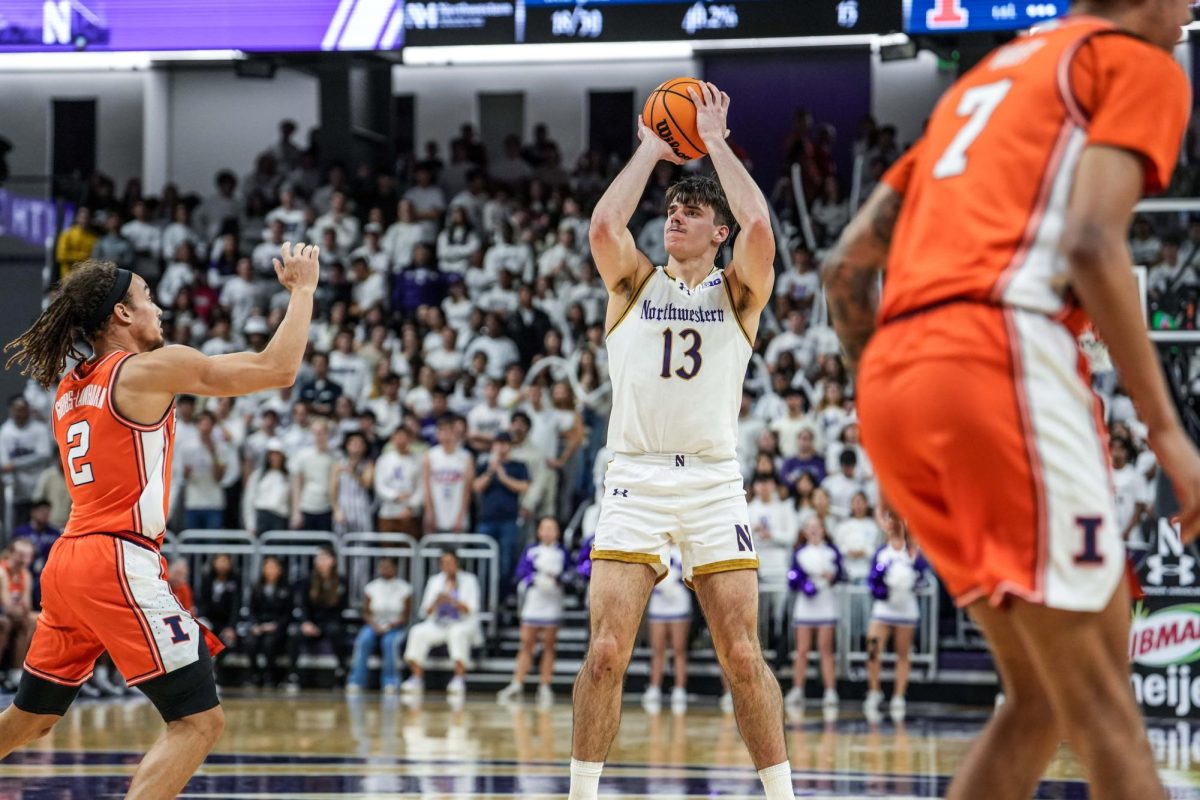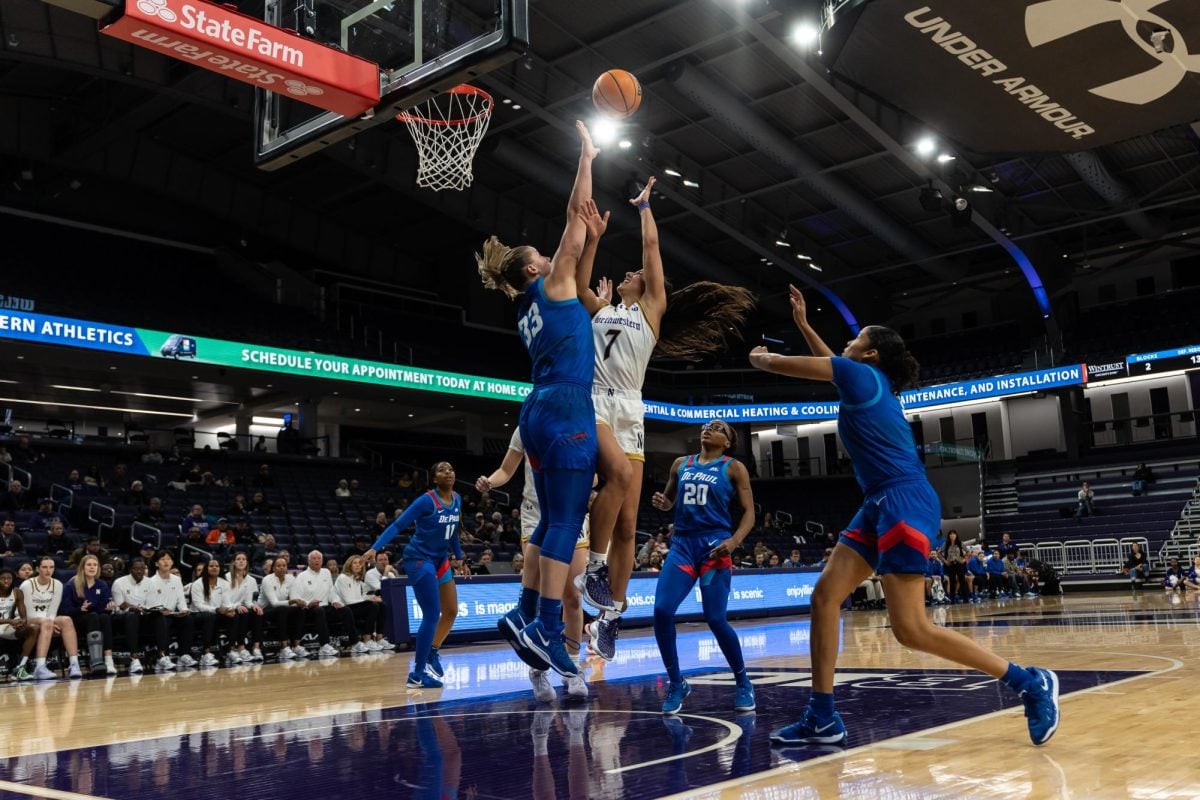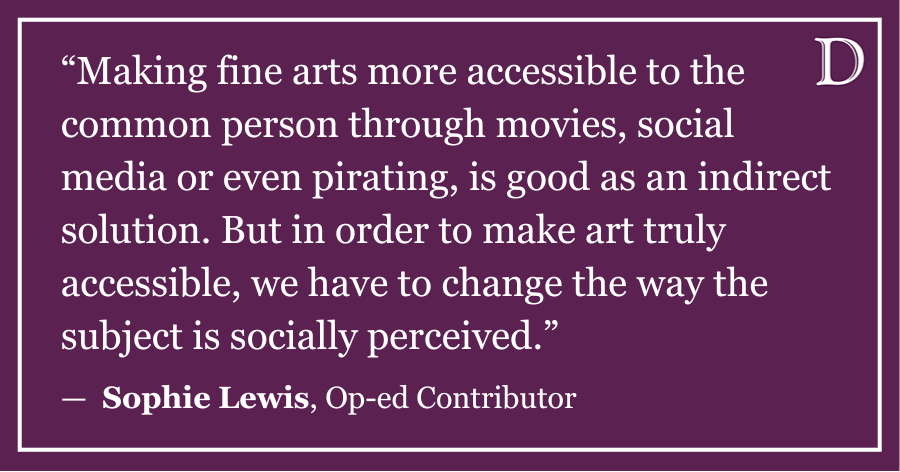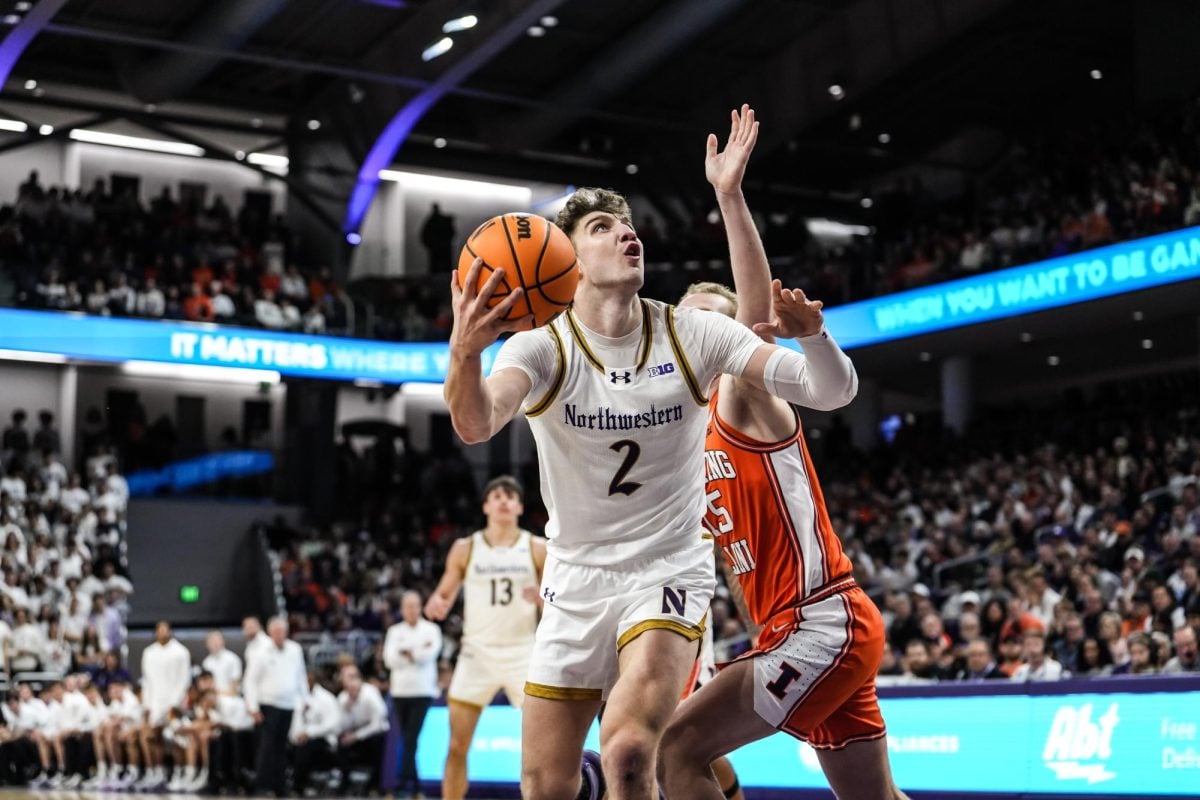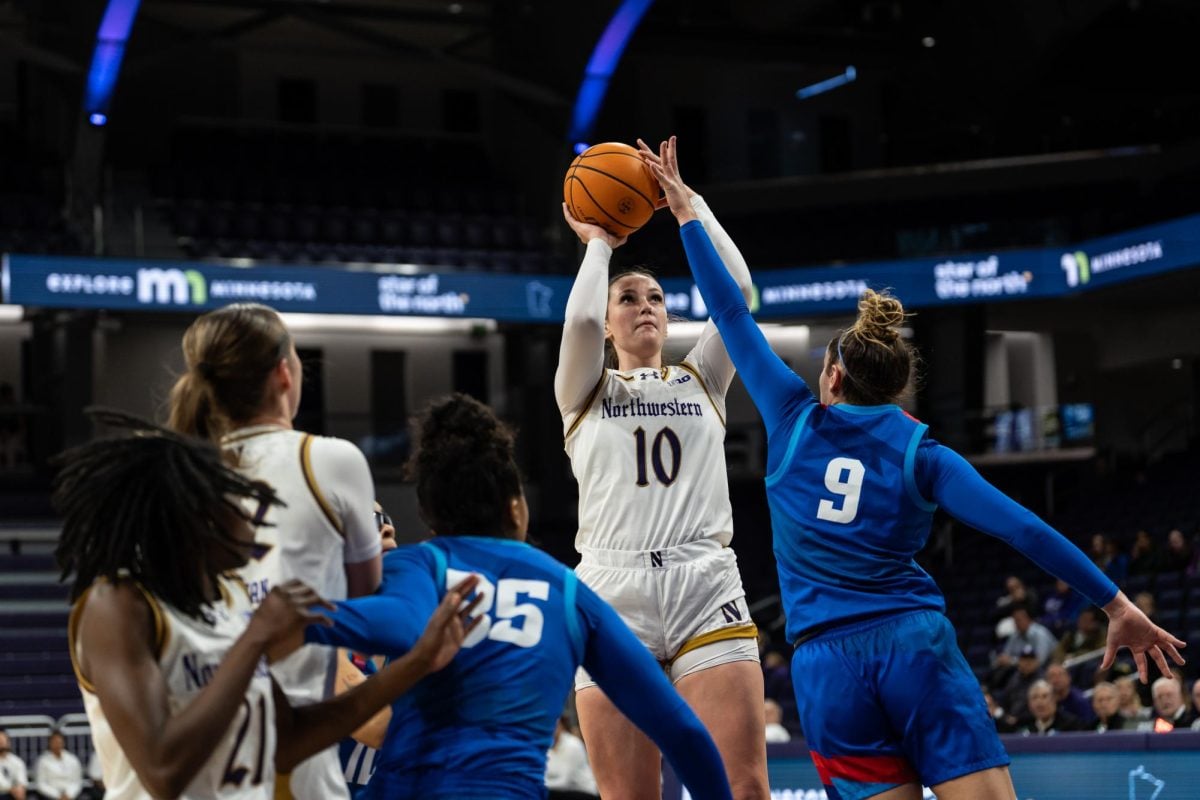In “Noah at the Table,” Max Kahn explores the complexities of family, identity and love through a lithograph of a young boy having a meal. The tactile and colorful elements offer a playful perspective on childhood — especially when compared to the themes of grief in “Crying in H Mart.”
The piece was the center of a virtual collection talk this Thursday put on by the Block Museum of Art to support One Book One Northwestern.
In the conversation, Academic Curator of the Block Corinne Granof showed several pieces of Max Kahn’s work, featuring an “intense focus” on a child with adults absent from the art.
“My colleagues and I just loved thinking about how this print makes us pause, makes us reflect on the child at the table and how this reflects the parent-child relationship,” Granof said, referencing one of Kahn’s works. “Fulfilling this kind of function that is so core, crucial and life sustaining, but at the same time is also very ordinary and quotidian.”
This year, One Book One Northwestern chose “Crying in H Mart” by Michelle Zauner, who is also the singer and guitarist of indie rock band Japanese Breakfast. The memoir explores Zauner’s journey growing up Korean American, taking care of her sick mother and finding solace in food.
Isabella Ko, engagement coordinator for the Block, said 34 people attended the talk. She added this kind of programming helps demonstrate the variety of the Block’s collections.
“I really like being able to talk about (visual arts and literature) together and relate those two things…” Ko said. “Being able to then offer something as part of One Book through the package is a nice way to introduce people to the Block and see what it is that we do and how they can engage with us.”
This is the Block’s fourth year creating an object package — which includes 11 thematically connected artworks — to complement the One Book selection. The project is also supported by the Illinois Arts Council Agency and the Alumnae of Northwestern University.
According to Lindsay Bosch, associate director of communications, marketing and digital strategy at the Block, programming includes quarterly conversations that explore select pieces from the collection.
“This idea came out of (asking) how can we be a site for dialogue, how can we spur on conversation, and the reception was such that we’ve absolutely continued doing it,” Bosch said. “It’s kind of a perfect synthesis of the way in which we seek to connect our collection to campus and support cross-university initiatives.”
During the online talk, Granof prompted attendees to consider their own memories around food and family.
Ko said reading through the answers to this prompt in the Zoom chat as a moderator, was a memorable part of the experience. She added that “Noah at the Table” incorporated culture, as did “Crying in H Mart.”
“This can invite us to think about the cultural meaning imbued in some of the everyday practices that we do, and maybe something that’s so mundane is actually very specific to the ways that we move through the world,” Ko said.
The Block will host the final “Crying in H Mart” collection talk in person this spring.
Bosch said the online talk will be embedded as a video in the Block’s collection record. The museum and its programming are free.
“Even a number of years from now, if people are researching the artwork, this discussion that was hosted will be part of the kind of ongoing archive of what this artwork might mean or how we might drive conversation with it,” Bosch said.
Email: [email protected]
Related Stories:
— Exploring family through art: Block holds talk on photo in ‘Crying in H Mart’ collection
— Michelle Zauner’s ‘Crying in H Mart’ announced as 2023-24 One Book One Northwestern selection
